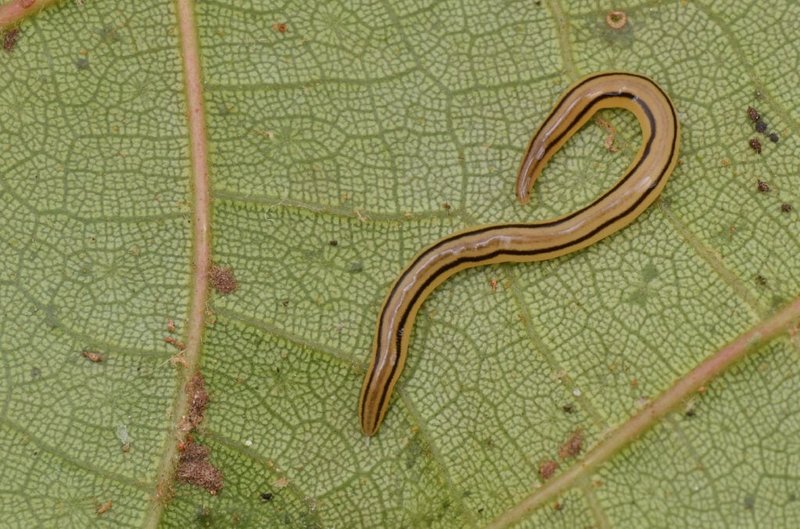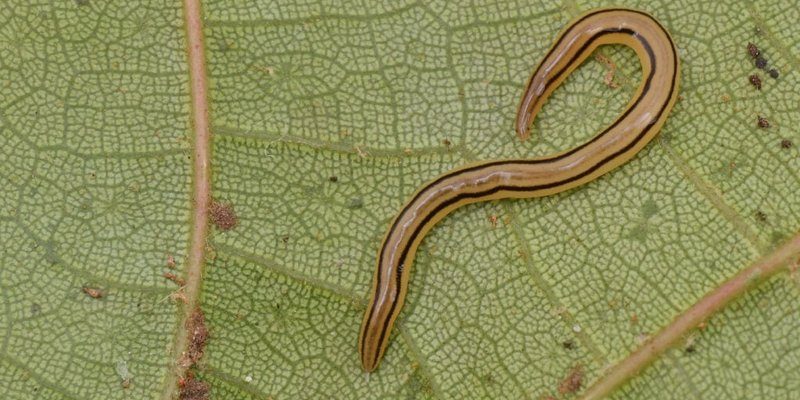
Ribbon worms belong to a small group of marine creatures called Nemertea. They can be found in oceans all over the world, often hiding under rocks or sand. Their movement is not just interesting for scientists; it’s also a testament to how life can adapt and thrive in various environments. Let’s dive into how ribbon worms pull off these graceful movements, making them a true marvel of nature.
What Makes Ribbon Worms Unique?
Ribbon worms are different from regular earthworms in many ways. For starters, they can grow to impressive lengths—some species can reach over 30 feet! Imagine a creature that’s longer than a school bus, gliding through the ocean. Their bodies are long and slender, giving them the appearance of a ribbon, which is how they got their name.
One of their unique features is their **proboscis**, which is a long, tubular structure they use to catch prey. This proboscis can extend quickly, almost like a tongue shooting out to catch food. Their ability to stretch and retract this part of their body allows them to maneuver efficiently in the water, capturing small crustaceans and other tiny animals.
Another fascinating aspect of ribbon worms is their vibrant colors and patterns. They often come in shades of pink, red, and even green! This not only makes them beautiful but can also help them blend into their surroundings and avoid predators.
How Do Ribbon Worms Move?
So, how exactly do ribbon worms glide and stretch? Their movement can be divided into two main types: **crawling** and **swimming**. Each method serves a different purpose in their daily life.
When they crawl, ribbon worms use muscle contractions to push against the substrate, which is the surface they’re on—be it sand, mud, or rocks. They can anchor their body using their **head** and then pull the rest of their body forward. This kind of movement allows them to explore their environment for food or suitable hiding spots.
In contrast, when swimming, ribbon worms employ a more fluid motion. They can undulate their bodies, creating waves that propel them through the water. This method takes advantage of the buoyancy of water, allowing them to glide smoothly without using much energy. This is especially useful when they need to escape predators or travel significant distances.
The Role of Muscles and Body Structure
The secret to a ribbon worm’s movement lies primarily in its **muscle structure**. Their bodies contain both circular and longitudinal muscles, much like how our own muscles work. When they contract and relax these muscles in sync, they can stretch and shorten their bodies effectively.
Imagine a bungee cord. When you pull it, it stretches out—when you let go, it snaps back. Ribbon worms can do something similar. They can expand their bodies to become longer or contract to become shorter, depending on the situation. This flexibility is crucial for both movement and hunting, allowing them to navigate through tight spaces and surprise unsuspecting prey.
Here’s how it works in simple terms:
- **Contraction**: When they want to move forward, the longitudinal muscles shorten, pulling their body into a tighter shape.
- **Extension**: To glide or reach for something, they contract the circular muscles, allowing their body to stretch out again.
This coordinated movement is what gives them their signature gliding ability.
The Role of Habitat in Movement
Where these worms live greatly influences how they move. Ribbon worms thrive in various marine habitats, from shallow coastal areas to deep-sea environments. Depending on their surroundings, their movement patterns may change.
In shallow waters, for example, they might showcase more crawling behavior since they can explore the ocean floor for food. Conversely, if they’re in deeper waters, you’ll often see them swimming gracefully through the water column. The buoyancy of water in deeper regions allows them to maximize their gliding skills without expending too much energy.
In addition, the conditions of their habitat—such as current strength or substrate type—can impact how ribbon worms move. Strong currents might force them to adapt, using their crawling skills to stay anchored to the ocean floor even while their pretty bodies sway with the tides.
Adaptations for Effective Movement
Ribbon worms have developed some interesting adaptations that help them move more effectively in their habitats. One of the most notable is their **mucus secretion**. This slimy coating serves multiple purposes, from reducing friction as they glide to aiding in catching food.
When they secrete mucus, it allows ribbon worms to slide over surfaces more easily. Think about how much smoother it is to slide down a slide if it’s been treated with water or soap—ribbon worms do something similar. The mucus not only helps them move faster but also helps protect them from predators by making them slippery and harder to grasp.
Another remarkable adaptation is their ability to change color and even texture, which can help them camouflage in their surroundings. Effective hiding means they can ambush prey without being detected.
The Importance of Ribbon Worm Movement in Ecosystems
The movement of ribbon worms plays a crucial role in their ecosystems. By crawling and swimming through various habitats, they help aerate the sediment, which benefits other organisms that inhabit the same areas.
Their hunting habits also contribute to the food web. By preying on small crustaceans and other tiny marine animals, ribbon worms help control these populations and ensure a balanced ecosystem. They’re important players that many species depend on. If ribbon worms weren’t as effective in their movement and hunting, the entire marine ecosystem could be affected.
Additionally, their unique movements can stir up sediments, helping to introduce nutrients back into the water. This nutrient cycling is vital for various marine life and contributes to overall ocean health.
Ribbon worms are truly remarkable creatures, showcasing a unique blend of flexibility, beauty, and ecological importance. Their movement—whether gliding through water or crawling along the ocean floor—is a testament to their adaptability. It’s pretty amazing to think that such simple movements can have such a profound impact on marine ecosystems.
Next time you’re near the shore or during a tide pool adventure, take a moment to appreciate the unseen life around you. Ribbon worms may not always be visible, but their graceful gliding and stretching are reminders of nature’s creativity and complexity. Who knew a simple worm could tell such a rich story through the way it moves?

